The once-crowded streets suddenly turn into rivers after a heavy rain - something once considered unusual has now become a familiar image in many large cities. After each rain, people not only face inconveniences in daily life, economic losses, and traffic paralysis, but also worry about the resilience of urban infrastructure. When "rain causes flooding" becomes a constant obsession, the story of urban flood prevention needs to be considered a practical imperative.
Last weekend, during the National Assembly 's group discussion session on the draft Law amending and supplementing a number of articles of the Law on Urban and Rural Planning, many National Assembly deputies put that "order from practice" on the agenda with important proposals.
In particular, National Assembly Deputy Nguyen Duy Minh (Da Nang) proposed to add a clause to Article 6 of the draft Law stipulating that the identification and protection of flood escape corridors is a mandatory content in urban and rural planning projects, not just a recommendation as it is now. Accordingly, when making urban and rural planning, it is necessary to identify, delineate and protect flood escape corridors of rivers, reservoirs, and natural drainage systems, ensuring the ability to drain floods and inundation, not increasing the risk of natural disasters, adapting to climate change and rising sea levels. National Assembly Deputy Leo Thi Lich ( Bac Ninh ) proposed to add regulations on green space planning and climate change adaptation, considering this a mandatory element in all planning projects.
Explaining his proposal, delegate Nguyen Duy Minh pointed out that the reason why large cities such as Hanoi, Hue, Da Nang, and Ho Chi Minh City have been continuously flooded on a large scale in recent times is not only due to heavy rains and extreme weather, but also due to the narrowing of flood escape corridors, being filled in or invested in urban areas. As evidence, statistics from the Ministry of Agriculture and Environment show that in 2024, about 20,000 hectares of riverside land have been converted to residential and industrial areas, causing flood escape capacity to decrease by 15-30% compared to the 2010 period.
Urban planning is only truly sustainable when flood risks are fully assessed right from the planning stage. Adding mandatory regulations to assess the impacts of climate change, extreme rainfall and flood risks at all planning levels, especially provincial and zoning planning, is the foundation to ensure that planning not only meets development requirements, but is also resilient to increasingly unpredictable weather scenarios.
If legalized, the above group of solutions is considered highly feasible because it does not depend entirely on technology but mainly on the will of legislators and managers. If the law does not clearly stipulate, the risk of urban areas being "clogged drainage" will continue to increase, creating "inherent flooding points" that cannot be solved by purely engineering measures.
To solve the problem of urban flooding in a sustainable way, National Assembly delegates also suggested that parks, green belts, and regulating lakes must be designed as “technical components” with the function of regulating water, not just as landscape elements. This is the trend of many cities in the world in adapting to climate change.
At the same time, underground space needs to be developed as a mandatory component of modern urban infrastructure. Underground rainwater tanks, underground parking lots or underground traffic routes will help free up land, create conditions for expanding drainage space and reduce the load on existing infrastructure. Legalizing underground space planning will create a unified legal framework, ending the situation of fragmented investment or underground development without a master plan.
National Assembly delegates also pointed out that one of the major bottlenecks in current planning is the lack of connection between specialized planning types. Transport, technical infrastructure, urban development and drainage management are often established and implemented separately, leading to a fragmented and ineffective drainage system.
From that reality, delegates suggested the need to establish a unified coordination mechanism - a "conductor" with the authority to regulate, control and require specialized plans to be compatible, not disrupting the general system. This is a prerequisite to ensure synchronization, reduce conflicts between plans and optimize investment efficiency.
It can be seen that the proposals of the National Assembly deputies not only reflect urgent practical requirements but also demonstrate strategic vision. The legalization of the above proposals will further strengthen the legal basis for building a more modern and synchronous planning system, minimizing natural disaster risks, saving costs and enhancing urban resilience.
The draft Law on amending and supplementing a number of articles of the Law on Urban and Rural Planning, according to the program, will be discussed by the National Assembly in the hall on November 28. Thus, there is still time for the drafting agency to research and absorb the maximum opinions and proposals of the National Assembly deputies. It is necessary to make flood prevention and climate change adaptation the main axis of new urban planning thinking to ensure safety and sustainable development for future generations.
Source: https://daibieunhandan.vn/quy-hoach-do-thi-va-bai-toan-chong-ngap-menh-lenh-tu-thuc-tien-10395052.html


![[Photo] Prime Minister Pham Minh Chinh attends the Patriotic Emulation Congress of the Ministry of Foreign Affairs for the 2025-2030 period](https://vphoto.vietnam.vn/thumb/1200x675/vietnam/resource/IMAGE/2025/11/10/1762762603245_dsc-1428-jpg.webp)

![[Photo] Prime Minister Pham Minh Chinh attends the annual Vietnam Business Forum](https://vphoto.vietnam.vn/thumb/1200x675/vietnam/resource/IMAGE/2025/11/10/1762780307172_dsc-1710-jpg.webp)













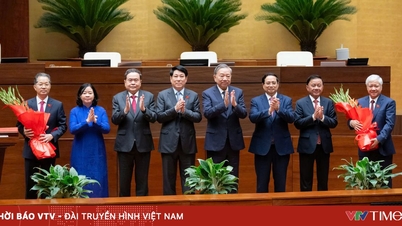


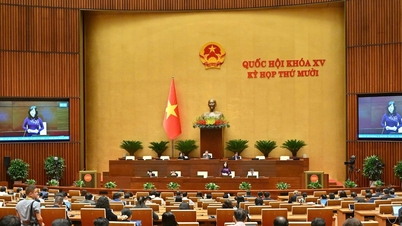

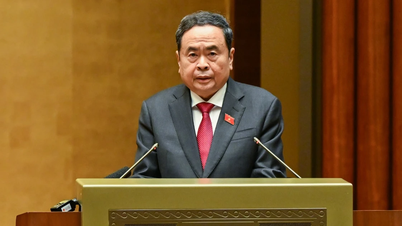






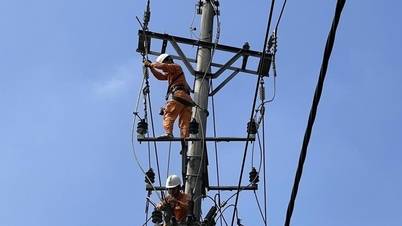

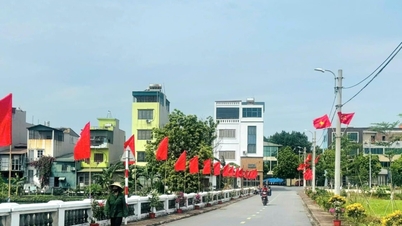
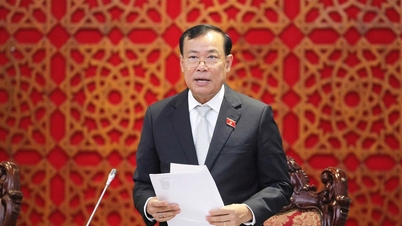














































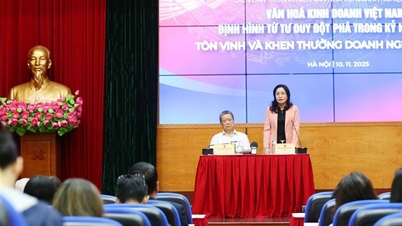





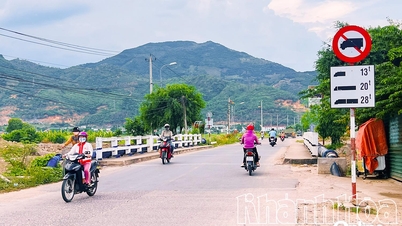




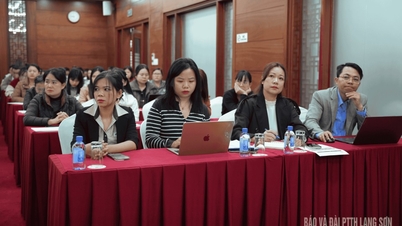


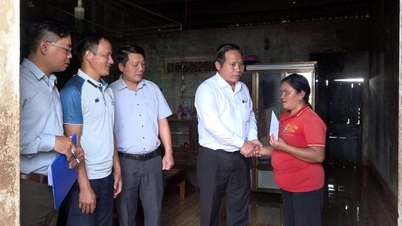


![Dong Nai OCOP transition: [Article 3] Linking tourism with OCOP product consumption](https://vphoto.vietnam.vn/thumb/402x226/vietnam/resource/IMAGE/2025/11/10/1762739199309_1324-2740-7_n-162543_981.jpeg)










Comment (0)